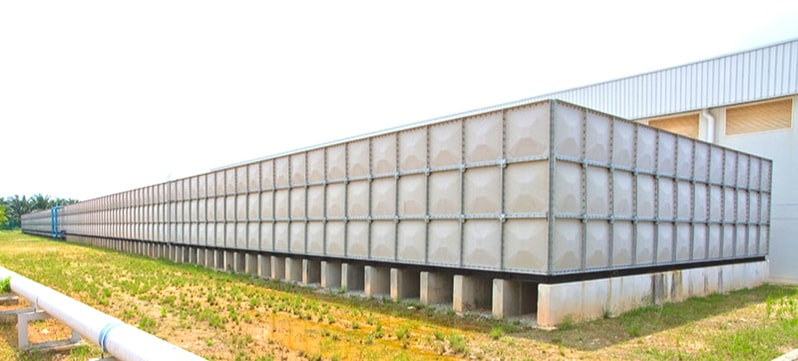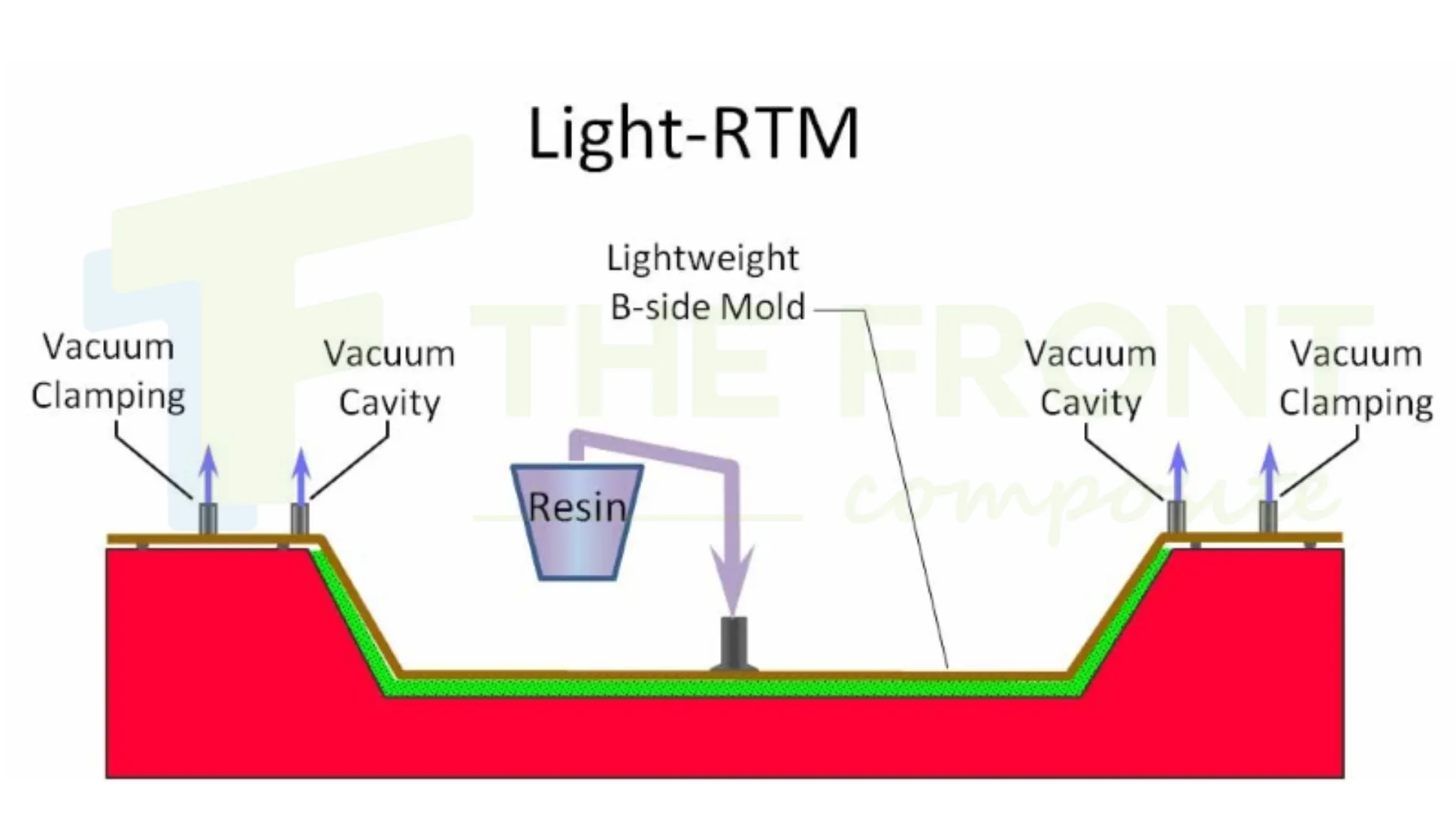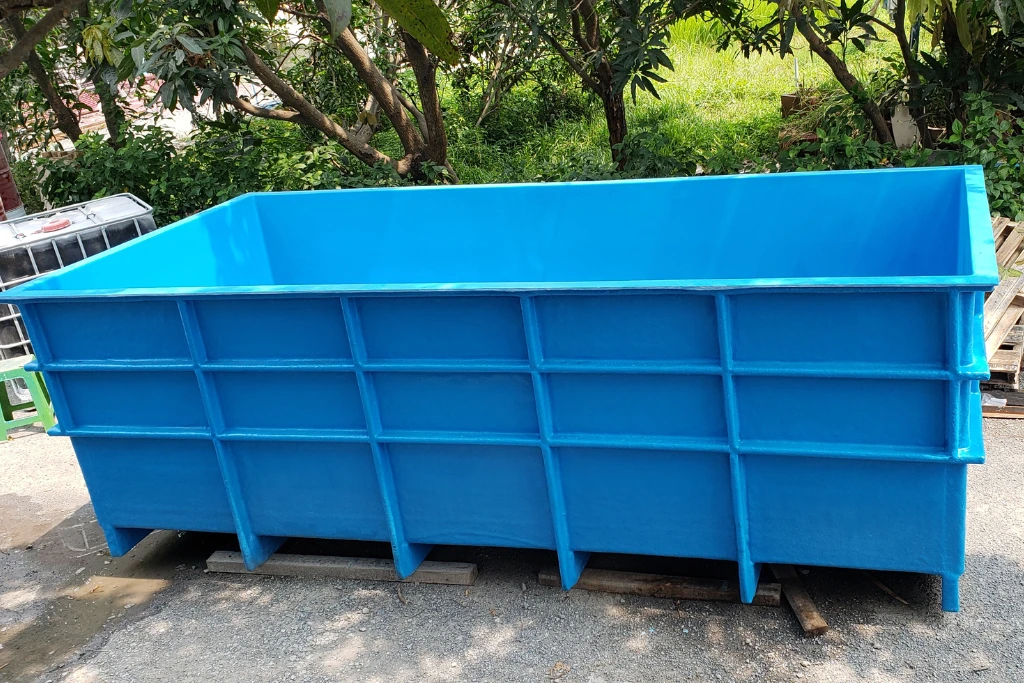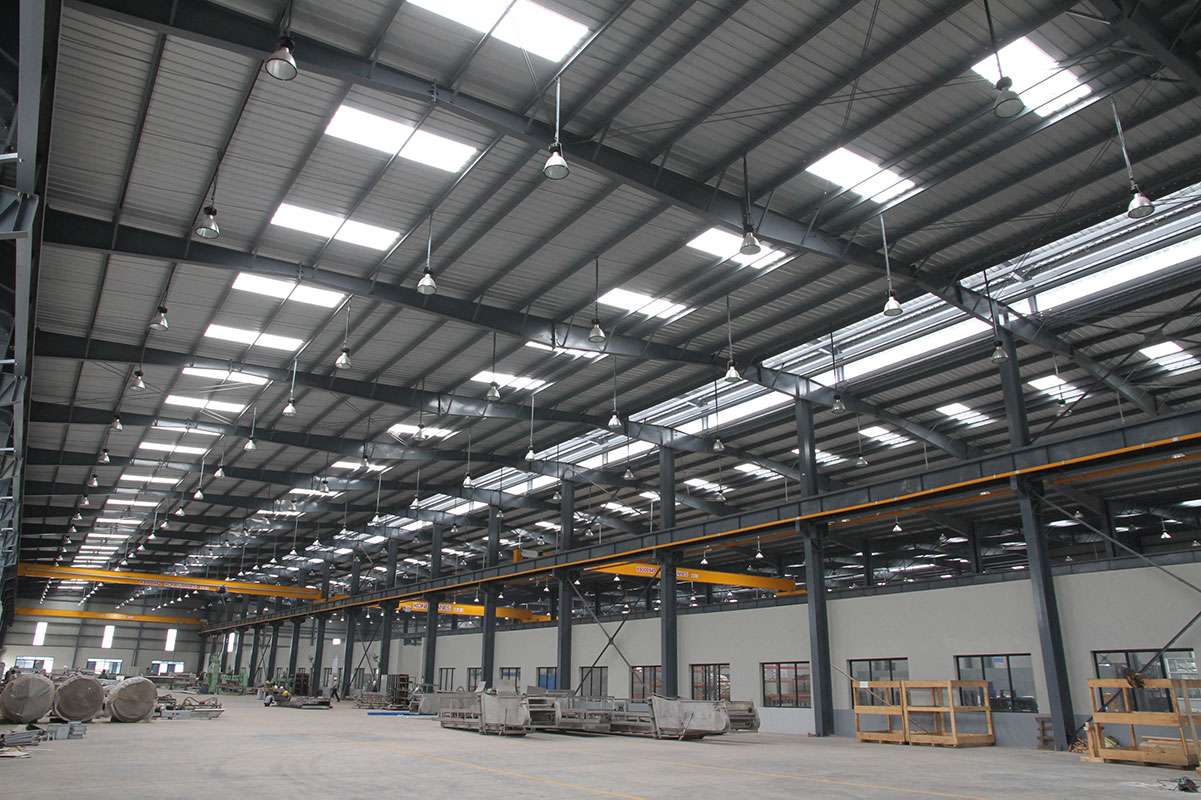If you’re looking for a reliable and durable solution for storing liquids, GRP tanks (Glass Reinforced Plastic tanks) are one of the most trusted options available today. Whether you’re dealing with potable water, chemicals, or even food storage, GRP tanks are known for their superior performance, long lifespan, and resistance to harsh environmental conditions. This article will provide an in-depth look at what GRP tanks are, how they’re made, and why they are the best choice for many industries.
What is a GRP Tank?
GRP tanks are made from Glass Reinforced Plastic, which is a composite material composed of glass fibers embedded in a plastic matrix, typically a polyester or epoxy resin. This blend gives GRP tanks a unique combination of lightweight construction, high durability, and exceptional resistance to corrosion. The strength of the glass fibers enhances the structural integrity of the tank, while the plastic matrix adds flexibility and durability, making these tanks suitable for a variety of applications.

Key Benefits:
- Corrosion Resistance: Unlike traditional metal tanks, GRP tanks do not rust or degrade when exposed to chemicals or water.
- Lightweight: GRP tanks weigh significantly less than steel or concrete tanks, making transportation and installation easier.
- Durability: These tanks are built to withstand extreme environmental conditions, from harsh chemicals to UV exposure.
How Are GRP Tanks Made?
The manufacturing process for GRP tanks can vary, but generally involves layering fiberglass with a resin compound and curing the mixture to form a solid, rigid structure. There are three primary methods of making GRP tanks:
- Hand Lay-Up: Fiberglass sheets are manually layered in molds, coated with resin, and then allowed to cure. This method allows for customization in shape and size but is labor-intensive.
- Filament Winding: In this automated process, continuous fiberglass strands are wound onto a rotating mold while resin is applied. This method creates a strong, cylindrical tank suitable for high-pressure applications.
- Spray-Up: Fiberglass strands are chopped and sprayed with resin onto a mold. This method is ideal for producing larger tanks quickly and efficiently.
Applications of GRP Tanks
GRP tanks have broad applications across various industries due to their versatility, durability, and corrosion resistance. Some of the most common uses include:
- Water Storage GRP tanks are commonly used for storing potable water, rainwater, and other types of water for industrial, agricultural, or residential use. Their corrosion resistance ensures that water remains safe for consumption without contamination.
- Chemical Storage In industries such as chemical processing, GRP tanks are used to store hazardous chemicals, acids, and other corrosive substances. Their chemical resistance makes them ideal for long-term storage without risk of degradation.
- Wastewater Treatment GRP tanks are widely used in wastewater treatment plants to store and process waste. They are resistant to the harsh chemicals and contaminants often found in industrial wastewater.
- Food and Beverage Storage GRP tanks are also used in the food and beverage industry for storing liquids and solids such as juices, milk, and other food products. Their non-toxic material ensures that food remains uncontaminated during storage.
- Fire Suppression Systems Many industries use GRP tanks to store water for fire suppression systems. These tanks are durable enough to handle high-pressure water systems and can be customized to fit into various spaces.
- Rainwater Harvesting GRP tanks are commonly used in rainwater harvesting systems, where their resistance to UV rays and algae growth makes them ideal for long-term outdoor use.
Why Are GRP Tanks the Best Choice?
There are several reasons why GRP tanks are the preferred storage solution across industries:
- Corrosion Resistance GRP tanks are highly resistant to corrosion, making them perfect for storing chemicals, wastewater, and potable water. Unlike steel tanks, which can rust and degrade over time, GRP tanks maintain their structural integrity even in harsh conditions.
- Low Maintenance GRP tanks require minimal maintenance. Because they resist corrosion, rust, and algae growth, they do not need regular treatment or cleaning. This reduces the operational costs over the tank’s lifespan, providing long-term savings.
- Durability With their ability to withstand extreme temperatures, UV rays, and chemical exposure, GRP tanks offer unmatched durability. These tanks can last decades without requiring repairs or replacements, which makes them a cost-effective investment.
- Lightweight and Easy to Install The lightweight nature of GRP tanks makes them easier and cheaper to transport and install. Whether for industrial or residential use, their easy installation makes them ideal for projects requiring quick and efficient storage solutions.
- Customization GRP tanks can be customized to suit specific industry needs. Whether you require a particular shape, size, or configuration, these tanks can be molded to meet your specifications. This flexibility is a significant advantage for industries that need specialized storage solutions.
- Environmentally Friendly GRP tanks are also environmentally friendly. Due to their long lifespan and minimal maintenance requirements, they reduce the need for frequent replacements, which lowers their environmental footprint. Additionally, because GRP tanks do not corrode, they help prevent contamination of stored materials, particularly when used for potable water or food products.
Choosing the Right GRP Tank for Your Needs
Selecting the right GRP tank depends on several factors, including the type of material you need to store, the environment in which the tank will be placed, and the specific requirements of your industry. Here are a few things to consider when choosing a GRP tank:
- Type of Liquid: Different chemicals or substances may require specialized resins in the tank to ensure long-term durability.
- Tank Size: Depending on your storage needs, you’ll need to determine the appropriate size of your tank. GRP tanks come in various capacities and can be customized to fit your space.
- Environmental Conditions: For outdoor applications, it’s essential to choose a tank with UV protection and weather-resistant features.
- Temperature Tolerance: Some GRP tanks are more resistant to temperature extremes than others. Be sure to check the temperature rating of the tank, especially if it will be exposed to hot or cold conditions.
Conclusion
GRP tanks provide a reliable, cost-effective, and durable solution for industries requiring safe and efficient storage of liquids, chemicals, and even food products. Their corrosion resistance, lightweight design, and ability to withstand extreme conditions make them an excellent choice for a variety of applications. Whether you need to store water, chemicals, or food, GRP tanks offer the long-lasting performance and minimal maintenance that businesses need to keep operations running smoothly.
With their customizable design and ability to handle harsh environments, GRP tanks are a future-proof investment for industries prioritizing safety, efficiency, and sustainability. If you’re researching storage options, GRP tanks are undoubtedly one of the best choices available for long-term, reliable storage solutions.





